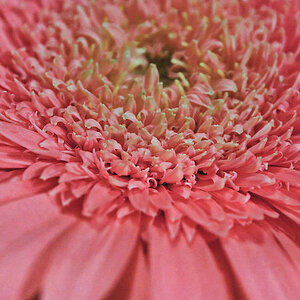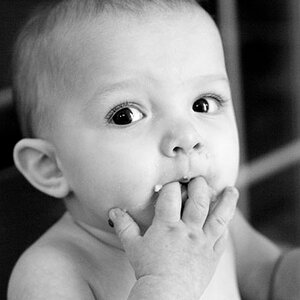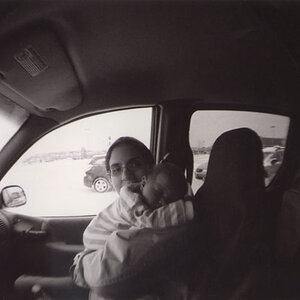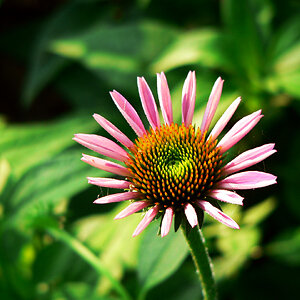Stradawhovious
Been spending a lot of time on here!
- Joined
- Nov 8, 2010
- Messages
- 3,241
- Reaction score
- 911
- Location
- Minneapolis, MN
- Can others edit my Photos
- Photos OK to edit
My overlookable .02.....
#1, shooting at 90 degrees to the sun provides the best opportunity to get a good sky.... especially with a Circular Polarizer (which I HIGHLY recommend for almost all outdoor shooting...) #2, most every outdoor posed portrait will benefit from the "2 exposure method" outlined above by other folks. Meter for the sky, provide fill light for your subjects. It doesn't take much tinkering at all to get the Jist of it, and a good grasp of the concept. Some people will prefer reflectors, I personally prefer flash. For me it's faster, more compact and more manageable for an "on location" type deal. This is something that is really easy to practice in your backyard with the help of an inanimate object.
#1, shooting at 90 degrees to the sun provides the best opportunity to get a good sky.... especially with a Circular Polarizer (which I HIGHLY recommend for almost all outdoor shooting...) #2, most every outdoor posed portrait will benefit from the "2 exposure method" outlined above by other folks. Meter for the sky, provide fill light for your subjects. It doesn't take much tinkering at all to get the Jist of it, and a good grasp of the concept. Some people will prefer reflectors, I personally prefer flash. For me it's faster, more compact and more manageable for an "on location" type deal. This is something that is really easy to practice in your backyard with the help of an inanimate object.



 How can I avoid this?(f/5 1/250 and 200ISO)
How can I avoid this?(f/5 1/250 and 200ISO)

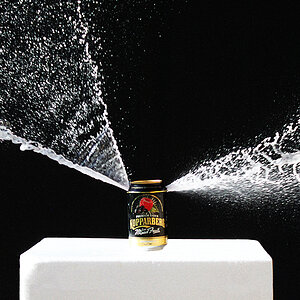
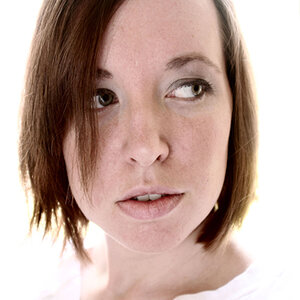
![[No title]](/data/xfmg/thumbnail/32/32810-094482c1ef1c76eae62a96107013a72e.jpg?1619735669)
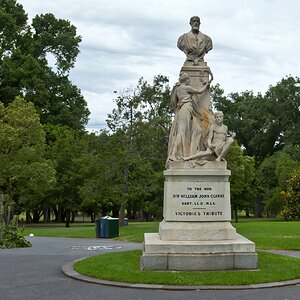
![[No title]](/data/xfmg/thumbnail/32/32808-9d1f657a1903d3bdbd67ea830397d62c.jpg?1619735668)

